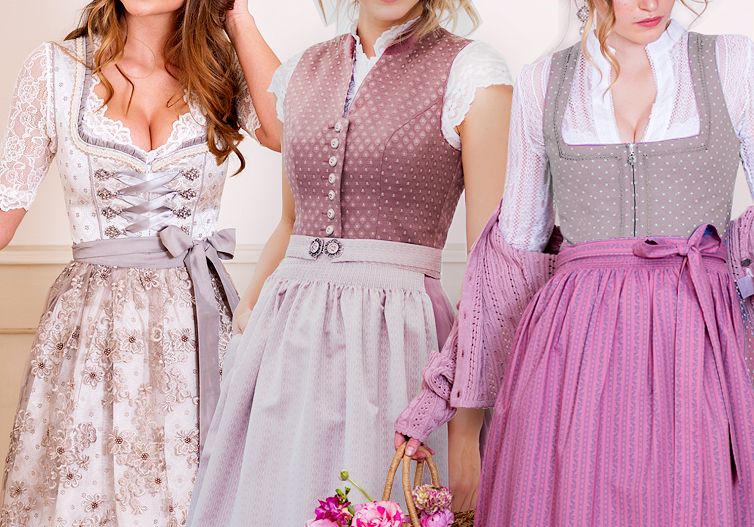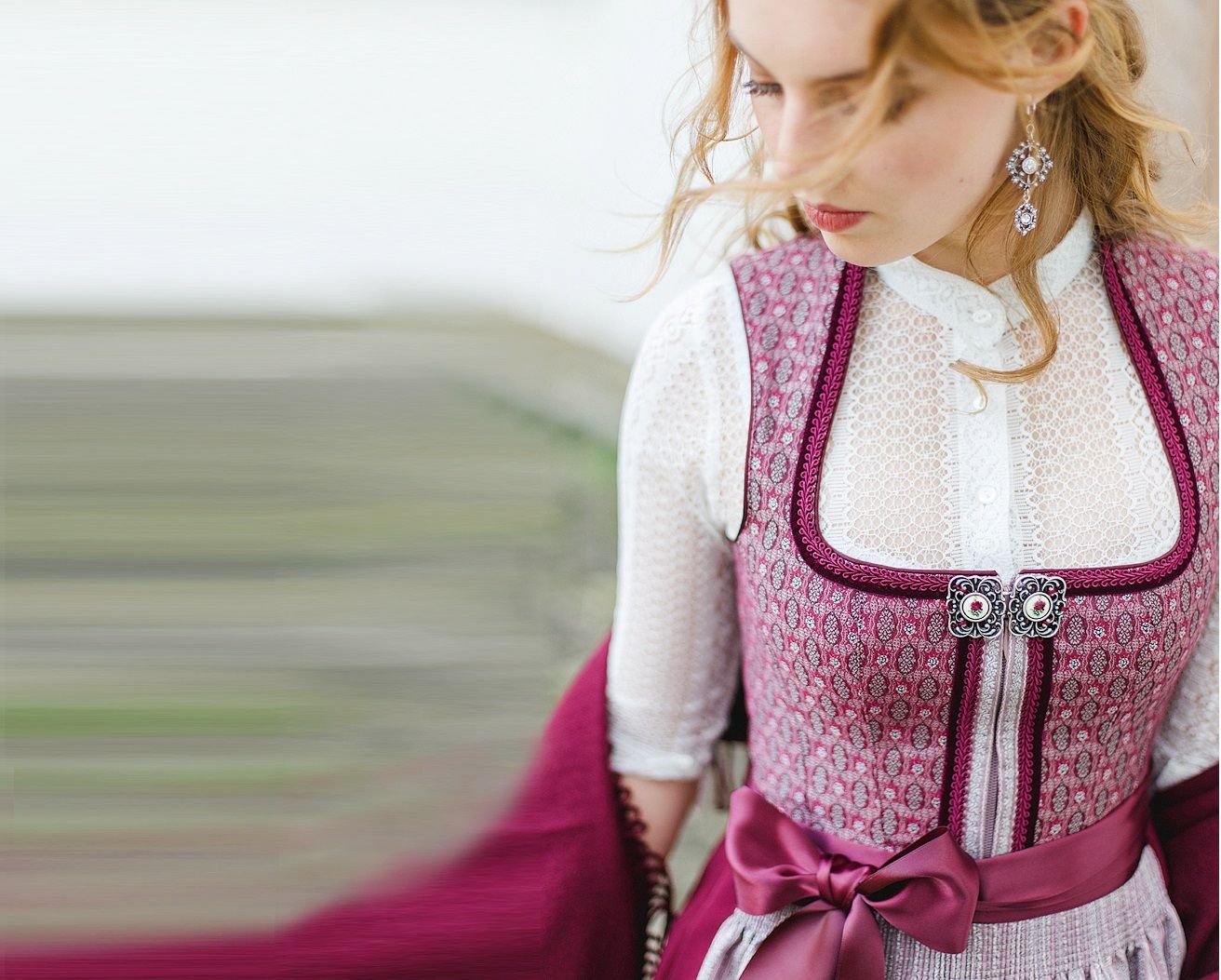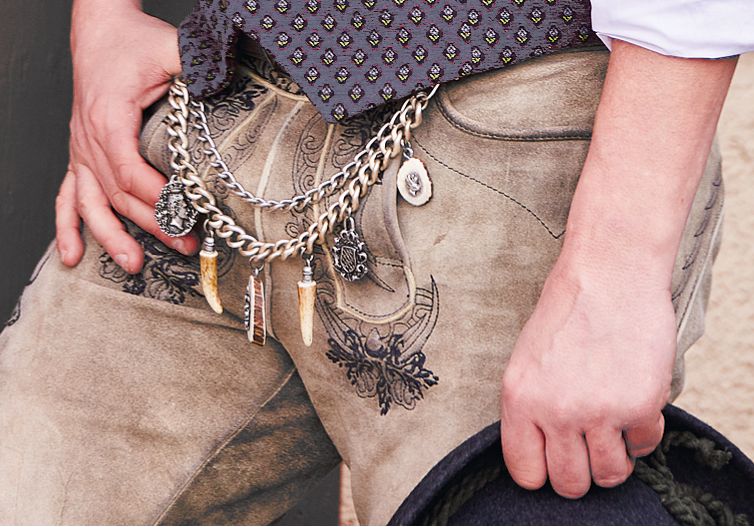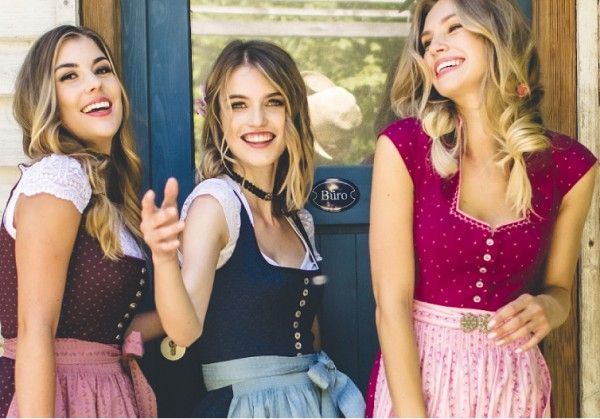Trachten und Handwerk: Die Kunst der traditionellen Textilien
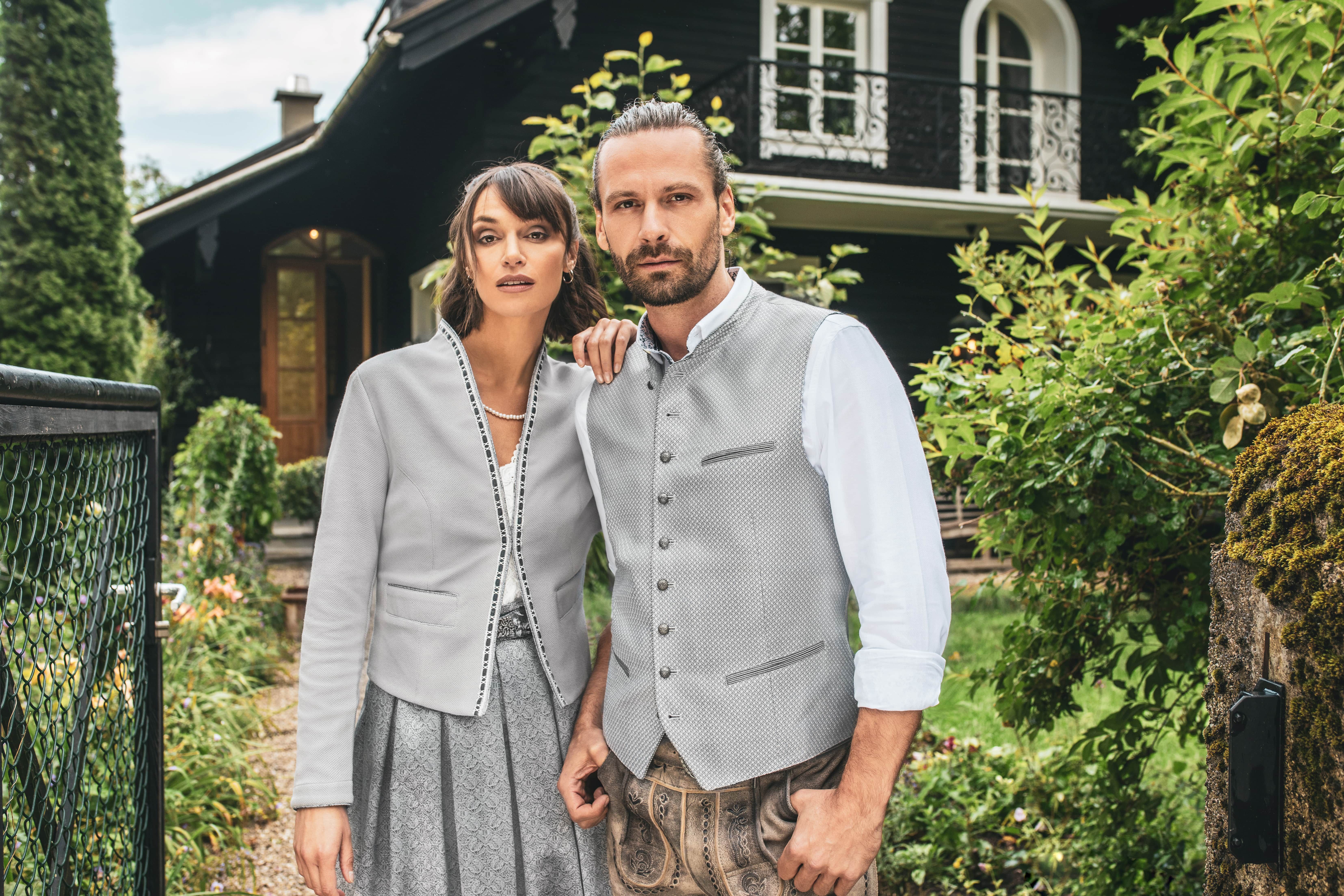
Trachten und traditionelle Textilien sind ein wesentlicher Bestandteil des kulturellen Erbes vieler Regionen. Sie spiegeln nicht nur handwerkliches Können wider, sondern auch die Geschichte, Identität und Werte einer Gemeinschaft. In Deutschland gibt es eine große Vielfalt an regionalen Trachten, die oft eng mit lokalen Bräuchen und Festen verbunden sind. Das Dirndl mit seinen vielfältigen Stoffen und die klassischen Lederhosen sind herausragende Beispiele für die Kunstfertigkeit und Tradition, die in diesen Kleidungsstücken verwoben sind.
Handwerkliche Techniken in der Trachtenmode
Die Herstellung von Trachten erfordert meisterhaftes Handwerk sowie ein tiefes Verständnis für Materialien und Techniken. Von der Auswahl der richtigen Stoffe bis hin zu kunstvollen Stickereien und Verzierungen – jedes Trachtenstück erzählt seine eigene Geschichte.
Traditionelle Techniken zur Herstellung von Trachtenstoffen und Textilien erfordern oft jahrelange Erfahrung und werden über Generationen hinweg weitergegeben. Zu diesen Techniken gehören:
- Weben: Eine der grundlegenden Techniken zur Stoffherstellung. Weben ermöglicht die Produktion strapazierfähiger und langlebiger Materialien, die als Grundlage vieler Trachtenkleidungsstücke dienen. Dazu gehören Dirndlstoffe wie Baumwolle, Leinen, Seide und Mischgewebe sowie leichte Blusenstoffe.
- Stickerei: Diese Technik wird häufig für dekorative Elemente und Verzierungen am Mieder und an Miederteilen des Dirndls sowie an Schürzen, Westen, Jacken und natürlich Lederhosen verwendet. Aufwendige Stickereien verleihen Trachten eine persönliche Note und erzählen oft Geschichten oder symbolisieren lokale Traditionen.
- Spitzenklöppeln: Eine spezielle Technik zur Herstellung feiner Spitze. Handgefertigte Spitze findet sich oft an Säumen und Ärmeln von Trachtenblusen und verleiht ihnen eine zarte, elegante Note.
- Filzen: Besonders wichtig für die Herstellung von Hüten und Accessoires. Durch Filzen entstehen dichte, strapazierfähige Stoffe, die sich ideal für wetterfeste Trachtenstücke eignen.
Die Vielfalt der Dirndl-Stoffe
Dirndl-Stoffe gibt es in einer Vielzahl von Materialien, die jeweils eigene Vorzüge und Eigenschaften haben. Baumwolle und Leinen werden häufig für Alltagsdirndl (Waschdirndl) verwendet, während Seide und Samt oft für festliche Anlässe wie Hochzeitsdirndl gewählt werden. Die Herstellung dieser Stoffe erfordert eine sorgfältige Verarbeitung, um Qualität und Langlebigkeit zu gewährleisten.
Dirndl gibt es in zahlreichen Stilen und Schnitten. Von klassischen Dirndln mit Schürzen bis hin zu Designer-Dirndln mit modernen Interpretationen und innovativen Designs – die Auswahl ist riesig. Traditionelle Farben wie Rot und Grün sowie Muster wie Karos und florale Motive bleiben beliebt, während neue Trends die Trachtenmode kontinuierlich beeinflussen.
Lederhosen: Handwerkskunst aus Leder
Lederhosen werden traditionell aus Hirsch- oder Gamsleder gefertigt, wobei Hirschleder als besonders hochwertig gilt. Der Herstellungsprozess, insbesondere bei Premium-Lederhosen, ist äußerst aufwendig:
- Schritt 1: Gerbung mit natürlichem Fischöl (auch als Gamsgerbung bekannt)
- Schritt 2: Färbung mit natürlichem Blauholz-Extrakt
- Gesamte Produktionszeit: 6–8 Wochen
Durch diesen aufwendigen Prozess entsteht atmungsaktives, temperaturregulierendes Leder, das höchsten Tragekomfort bietet. Es gibt verschiedene Lederhosen-Typen, von der kurzen „Plattlerhose“ bis zur knielangen „Krachledernen“. Jede hat ihren eigenen Stil und besondere Merkmale. Traditionelle Verzierungen wie Stickereien und dekorative Motive machen jede Lederhose zu einem Unikat.
Vielfalt in der Trachtenmode: Regionale Unterschiede
Jede Region in Deutschland hat ihre eigenen charakteristischen Trachten und Textilien:
- Bayern: Bekannt für seine Dirndl und Lederhosen, oft mit kunstvollen Stickereien und Verzierungen. Diese Trachten werden auf Festen wie dem Oktoberfest getragen und symbolisieren bayerische Tradition und Lebensfreude.
- Schwarzwald: Berühmt für den Bollenhut, einen traditionellen Hut mit auffälligen roten oder schwarzen Wollbommeln. Schwarzwälder Trachten umfassen auch reich verzierte Mieder und Röcke, typischerweise in Schwarz, Weiß und Rot.
- Friesland: Bekannt für seine einzigartige Stickerei und Spitzenverarbeitung. Friesische Trachten sind oft schlichter und zeigen maritime Farben wie Blau und Weiß. Besonders charakteristisch sind die kunstvoll gestalteten Hauben und Krägen mit feinen Spitzendetails.
- Hessen: Hessische Trachten zeichnen sich durch leuchtende Farben und kunstvolle Stickereien aus. Typische Elemente sind mit Perlen und Pailletten verzierte Mieder sowie traditionelle Kopfbedeckungen wie die Frankfurter Haube.
- Schwaben: Schwäbische Trachten sind für ihr schlichtes, aber elegantes Design bekannt. Dunkle Stoffe mit feinen Stickereien machen sie sowohl praktisch als auch ästhetisch ansprechend.
- Thüringen: Thüringer Trachten sind oft farbenfroh und reich verziert. Traditionelle Hüte sowie kunstvoll bestickte Schürzen und Hemden sind markante Elemente.
Diese regionalen Unterschiede tragen zur Vielfalt der deutschen Trachtenkultur bei und spiegeln die Geschichte, Traditionen und handwerkliche Kunstfertigkeit jeder Region wider.
Trachten und Handwerkskunst: Moderne Entwicklungen
Die Trachtenmode entwickelt sich stetig weiter und verbindet moderne Trends mit traditionellen Elementen. Nachhaltige Materialien, innovative Schnitte und neue Farbtrends finden zunehmend ihren Weg in das Design. Dadurch bleibt die Trachtenmode lebendig und relevant – sowohl für jüngere als auch für ältere Generationen. Die Kunst traditioneller Textilien und Trachten ist nicht nur ein Zeugnis der Vergangenheit, sondern auch ein lebendiger Teil der heutigen Kultur, in der Tradition und Innovation harmonisch verschmelzen.


